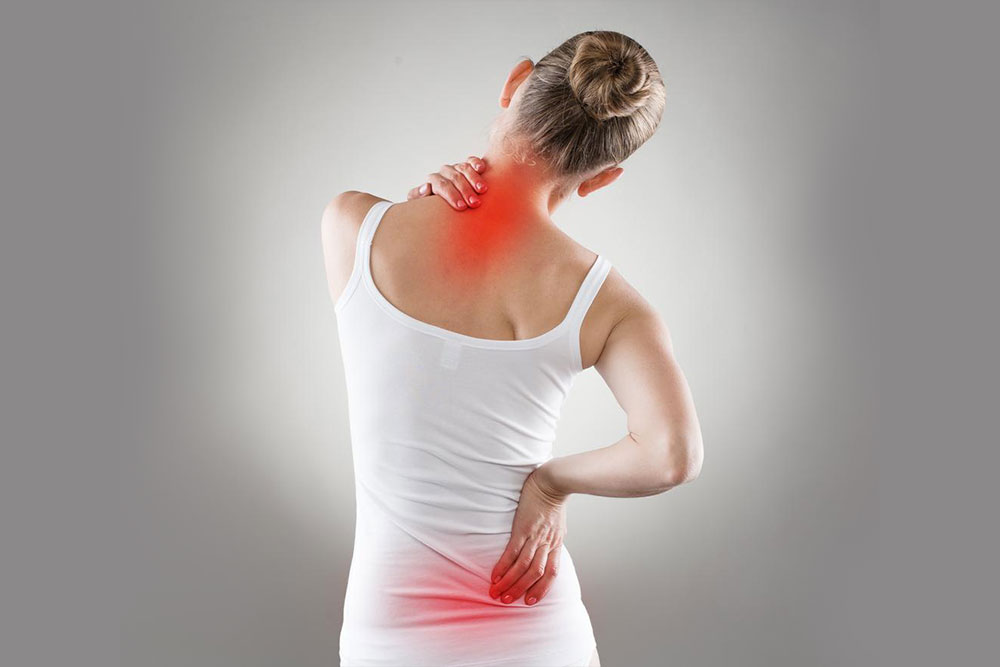Comprehensive Guide to Factors Affecting Osteoporosis Risk and Prevention Strategies
This comprehensive article explores the diverse factors influencing osteoporosis risk, including genetic, hormonal, and lifestyle aspects. It emphasizes preventive measures such as nutrition, exercise, and lifestyle adjustments to reduce the likelihood of osteoporosis and fractures. Designed for readers seeking in-depth understanding, it offers practical advice for maintaining bone health across different age groups and risk profiles.

Understanding the Complex Factors Contributing to Osteoporosis
Unchangeable (Non-Modifiable) Factors Influencing Osteoporosis
Some risk factors for osteoporosis are inherent and cannot be altered through lifestyle changes. Recognizing these factors enables better screening and early intervention, especially in vulnerable populations.
Advancing Age: People aged 50 years and older face a significantly increased risk. As we age, bone density naturally declines, making fractures more likely. The process is accelerated in postmenopausal women due to hormonal shifts affecting bone turnover.
Certain Ethnicities: Individuals of Caucasian or Asian backgrounds are genetically predisposed to lower bone mineral density. These populations tend to experience higher fracture rates due to inherent bone structure differences.
Dementia and Cognitive Decline: Cognitive impairments can lead to reduced mobility and poorer nutritional intake, indirectly heightening osteoporosis risk.
Gender and Menopausal Status: Women, especially after menopause, are at greater risk. The estrogen decline that accompanies menopause causes a reduction in bone mineral density, making women more susceptible to osteoporosis. This hormonal change plays a major role in increasing fracture potential.
Family Medical History: Having relatives with osteoporosis indicates a genetic predisposition. Personal history of fractures or noticeable height loss over time signals compromised bone strength.
Testosterone Levels in Men: Lower testosterone levels can contribute to bone deterioration in men. Although ages-related hormone decline occurs gradually, treatments such as therapies for prostate enlargement or cancer can elevate osteoporosis risk by further decreasing testosterone levels.
Chronic Health Conditions: Conditions like rheumatoid arthritis, hyperthyroidism, or certain gastrointestinal disorders can impair bone health, leading to increased fracture risk.
Body Frame Size: Individuals with smaller body frames tend to have less bone mass and are, therefore, at elevated risk for developing osteoporosis.
Modifiable Risk Factors and Lifestyle Changes to Prevent Osteoporosis
While some risk factors are beyond control, lifestyle modifications can significantly lower the likelihood of developing osteoporosis.
Nutrition: Adequate Calcium and Vitamin D: These nutrients are vital for maintaining bone density. Calcium provides the structural component, while vitamin D aids in calcium absorption. Women, in particular, need to ensure sufficient intake to prevent deficiencies that can lead to bone weakening.
Physical Activity: Regular weight-bearing and resistance exercises stimulate bone formation and increase bone strength. Activities such as walking, jogging, dancing, or strength training are beneficial.
Dietary Habits: Limiting the intake of processed foods high in protein, sodium, caffeine, and alcohol can protect bone health. Excessive consumption of these substances can lead to increased calcium excretion or interfere with bone remodeling.
Smoking Cessation: Smoking reduces blood supply to bones and decreases osteoblast formation, thereby weakening bone structure. Quitting smoking is a critical step toward bone health.
Alcohol Consumption: Limiting alcohol intake to less than two drinks per day helps prevent bone loss. Excessive alcohol consumption hinders calcium absorption and impacts hormones that regulate bone metabolism.
Medication Management: Long-term use of corticosteroids and other steroids can lead to significant bone loss. Talk to your healthcare provider about alternative treatments or preventive strategies if you require steroid therapy.
Body Weight Maintenance: Being underweight or experiencing weight loss due to eating disorders or surgical procedures diminishes bone reserves, increasing fragility.
Thyroid Function: Managing conditions like thyrotoxicosis is essential, as excess thyroid hormones accelerate bone turnover, causing erosion of bone tissue.
Osteoporosis is a widespread condition that affects millions worldwide, particularly as age advances. Recognizing genetic, hormonal, and lifestyle factors can aid in early detection and prevention. Through targeted lifestyle modifications like an adequate intake of calcium and vitamin D, regular weight-bearing exercises, healthy dietary choices, and avoiding risk behaviors such as smoking and excessive alcohol consumption, individuals can significantly reduce their risk. Understanding these factors empowers individuals to take proactive steps in maintaining strong bones and preventing fractures, ultimately leading to an improved quality of life and reduced healthcare burdens.





